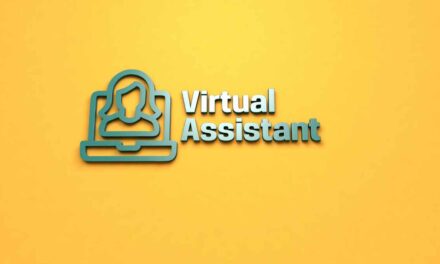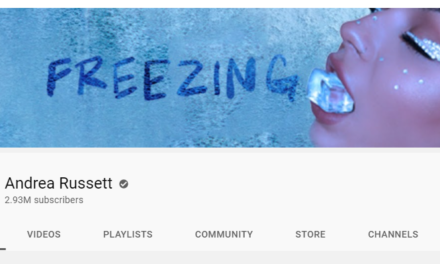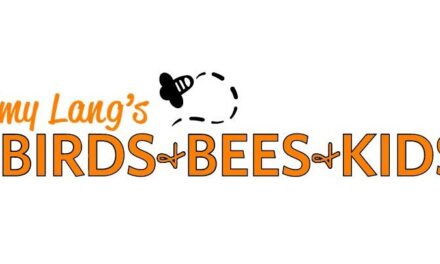Don’t toss your content out the window in hopes someone will see or pick it up.
Yet, that’s what content entrepreneurs do when you don’t have a data-inspired strategy for developing your content, says Brian Piper, a consultant and University of Rochester’s director of content strategy and assessment.
At CEX, Brian shared a system to help entrepreneurs just starting as well as those who’ve been doing it for a while. “The model helps you figure out what data to look at to figure out what content you should be creating,” Brian says. “Data helps make better use of your time, provides more valuable content to users, and lets you reach business goals more quickly.”
Here are five things to do to learn and create Brian’s model.
1. Identify the business goal: Brian uses a multi-ring circle to illustrate this model. The outer ring represents your strategy. What are your business goals? Create a list and prioritize them.
If you follow the Content Inc. model, the ultimate goal may be to grow the business so you can sell it. Other likely goals for content businesses include generating revenue and growing an audience.
2. Know who you are talking to: In the center of the circle – the bull’s eye – are the users or the audience. Who will use each piece of content you create? Who can take an action you want them to to help you reach your business goals?
3. Collect the data – macro and micro: To connect the outer circle (strategic business goals) to the inner circle (users), you create the tactics, but you can’t do that well if you don’t have that data. If you’re in the early stages of the business, macro data can help.
Use keyword research tools to understand what your audience wants to know. Paid tools, such as Ahrefs and Moz, can help, but so can free tools and tricks. Brian suggests going to AnswerThePublic.com, inputting your topic(s), and seeing what people are asking. You can visit Reddit and Quora to learn what people interested in your topic are discussing. Go to Google’s Bard and ask for the 50 questions people are asking about your topic or for 100 semantic-related keywords for the topic.
All that data can inform the content you develop. It also can help you update existing content that may serve the audience but isn’t getting noticed.
If you have a website that’s been live for a while, you can use your Google dashboard to identify the keywords on your site to learn which pages have them, the average ranking, and the number of clicks/impressions earned through them.
All distribution platforms – owned (blogs, newsletters, websites, etc.) and third party (social media, podcast sites, etc.) – provide data. Look at it.
Now, with all that macro and micro data, you have a better idea of the content to create and the formats to use that will resonate best with your target audience and relate to your business goals. (Hint: A frequently asked question page and a rarely asked question page can be a powerful resource for users and a big benefit for the content business.)
4. Set your data plan and adjust accordingly: Now that you know the tactics to connect the business and users, you know the data to track regularly. With that information, you can tweak and adjust your tactics to improve the results for both users and your business.
5. Do what Pat Flynn did: Known for his Smart Passive Income business, Pat followed the model above to build a different business with a different audience – Deep Pocket Monsters. (Spoiler alert: Its YouTube channel has over 700K subscribers.)
His strategic business goal? Build an audience. His target users or audience? New collectors of Pokemon.
How did he connect his goal with his audience with data? Pat listened to the conversations people were having in the space in Facebook groups, Reddit, podcasts, YouTube channels, etc. He noticed all of the YouTube videos were unboxing videos. Pat knew his storytelling and cinematography experience would let him create videos that were different than all the rest.
Pat got a lot of ideas, but he didn’t launch the channel. He knows you have to be a consumer of the content before you can be a creator. He got involved in all those conversations and channels. Eventually, he participated so much that the entrepreneurs of those content businesses offered to help him however they could. Those early referrals to his new YouTube channel brought him 1K subscribers in the first week.
As he grew his YouTube channel audience, he focused on his next goal – get more people to watch the videos and spend more time watching. He examined the micro data. He adjusted his video thumbnails and titles frequently based on their performance. When viewership dropped precipitously at minute 16 of an 18-minute video, he realized that was when he did the last reveal and before he did the calls to action. So, he moved the CTAs to before the last reveal and saw them watch until the end.
In addition to his 700K subscribers on YouTube, Pat’s paid Discord channel includes about 4K members, and this year, he put on a conference for Pokémon collectors. And he did all that in three years. Now, that’s a model that really wired.
Watch and learn from fellow serious content creators at the Content Entrepreneur Expo 2025. We are returning to Cleveland August 24-26, 2025. Register today! |
About the author
Ann regularly combines words and strategy for B2B, B2C, and nonprofits, continuing to live up to her high school nickname, Editor Ann. An IABC Communicator of the Year and founder of G Force Communication, Ann coaches and trains professionals in all things content. Connect with her on LinkedIn and Twitter.










